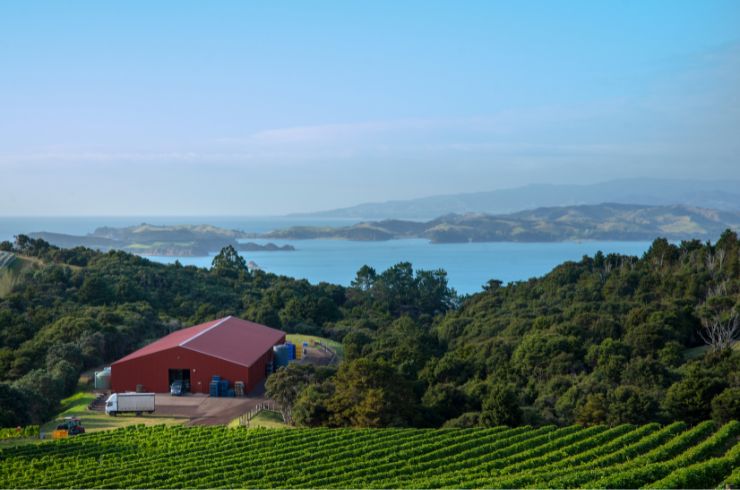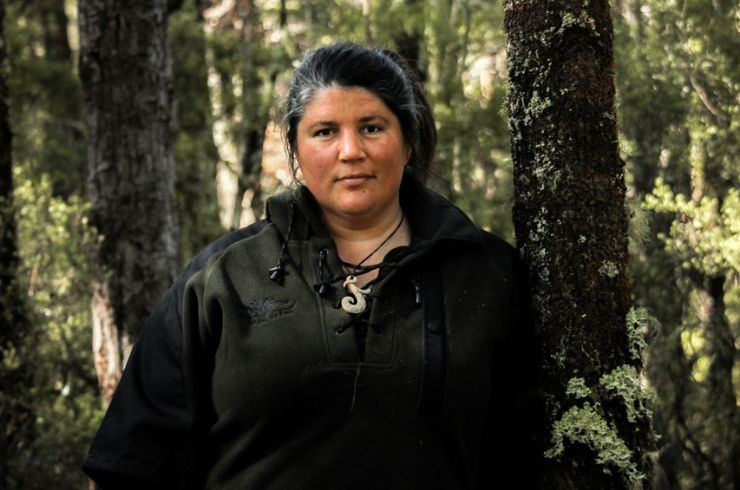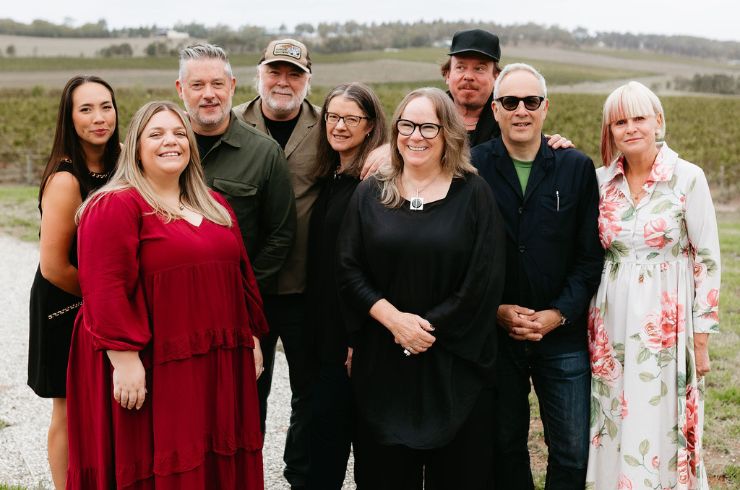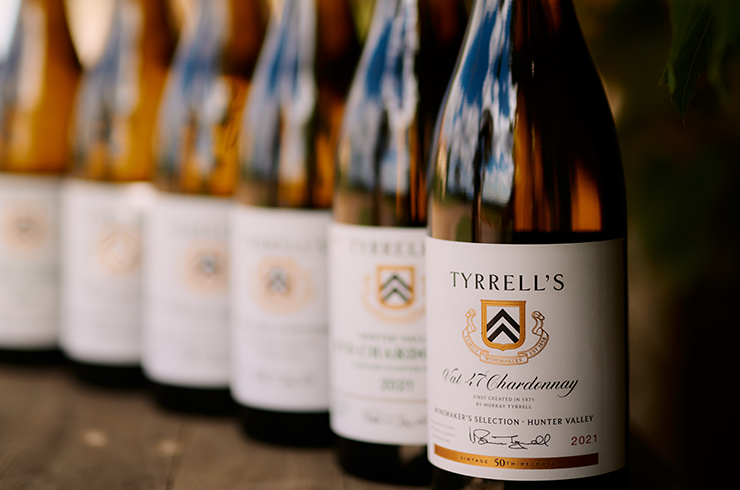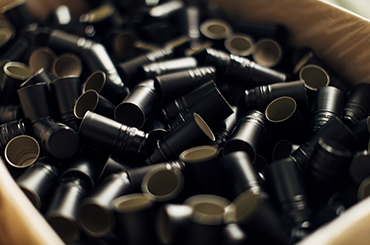Cellaring is the end phase of a process that begins with the first taste of wine. It assumes reality only when a few bottles accumulate deliberately and ends up with a lifetime of consumption. These bottles may have been in the cellar for the briefest of stays, or many years. It becomes addictive and can be the cause of robust matrimonial discussions. So, what should you take into account as you embark on setting up your cellar? Back in 1989 I wrote and published a modest 202-page book, chapter one headed thus: 'Wine Collecting, A Communicable Disease' – one which I duly caught.
When I started accumulating bottles in the latter half of the 1950s, next to nothing about wine was published in the Sydney press. I would rush out and buy the Sunday Telegraph, which had an 80-word article by then editor Frank Margan recommending a single wine at an affordable price, then I’d head off in search for bottles of the wine. By the mid-1960s I had accumulated bottles in makeshift cellars under my parents’, brother’s and sister’s houses (I was living in a unit). When I built my first house in 1969, it had a large cellar excavated in Hawkesbury sandstone running the length of the house, my collection all in the one place, a bells and whistles cellar.

The wines were a Hunter Valley-biased collection of semillon, South Australian riesling, and Hermitage (as shiraz was then known), its scope obviously limited. No chardonnays, no pinot noirs, and a handful of cabernet sauvignons. Imported wines were predominantly Bordeaux, just a token representation of Burgundies and German rieslings. All the wines were finished with corks, the first screwcaps 50 years away.
Brokenwood, the Hunter Valley vineyard that I and two friends established in 1970, was to make our first wines in 1973 (175 dozen bottles of shiraz and shiraz/cabernet sauvignon). Things had moved quickly from the latter part of the 1960s as we three Brokenwood partners joined Len Evans for lunch every Monday to play the Options Game at Bulletin Place, his four-level restaurant and retail wine shop. Each of us provided a masked bottle and asked five multiple choice questions about each wine (all very masculine) in an attempt to decipher the contents.

...it cost me nothing to take a bottle from my cellar. More seriously, great wines should be shared; half the pleasure the sharing.
The wines were largely sourced from Christie’s, London auctioneers of a dazzling array of old wines. Early on Glamis Castle’s cellar (in Scotland) came on the market, offering many hundreds of 1874 Château Lafite sorted by ullage.
We agonised over the higher prices for bottles into the neck ($25 landed), lower for top shoulder ($11 landed). I was in charge of choosing lots that could be easily divided three or four ways (Len participated from time to time). I organised payment for successful bids and coordinated consolidating lots for shipment. The wines were shipped to Len’s Bulletin Place warehouse and the spoils divided.
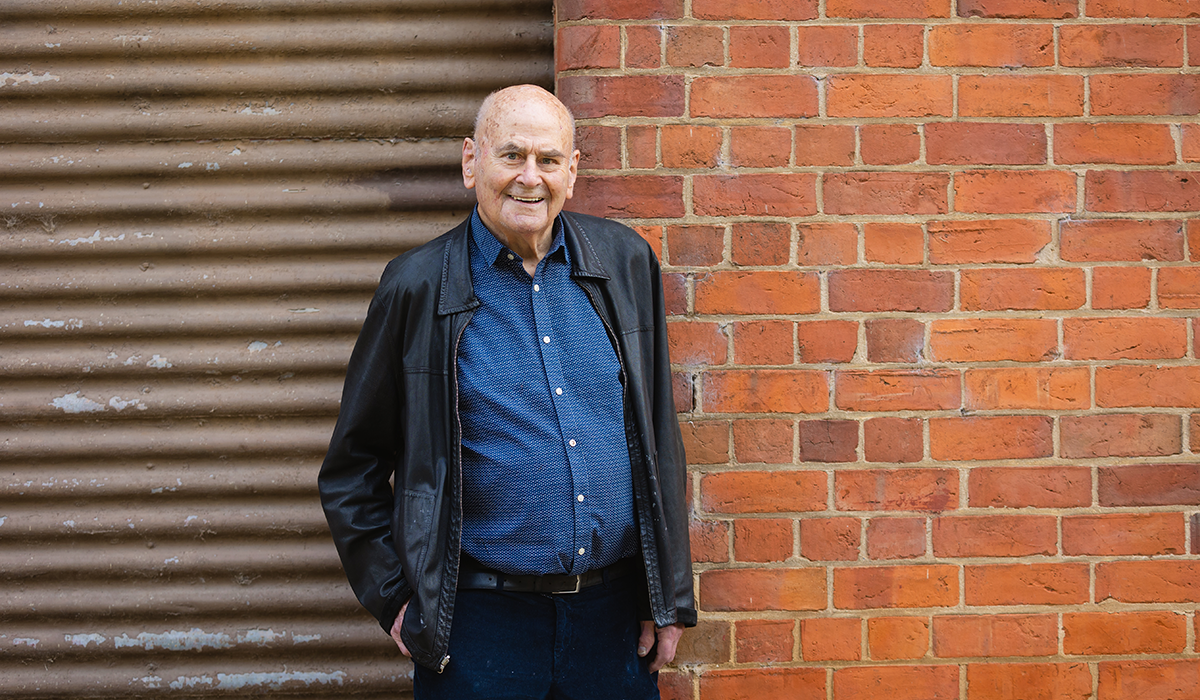
It was a period of very low prices for old French and German wines being auctioned by Christie’s, the rate of exchange £1 to $A1.29, with no sales tax on wine, and minimal duty on imported wine. My cellar exploded with Bordeaux first up, but Burgundy (and the upper Rhône Valley) moved into most preferred origin category. And not just any Burgundy, as the wines of Domaine de la Romanée-Conti came up regularly.
Thus a box (12 bottles) of DRC La Tâche went walkabout in Bulletin Place. It took several years for the bottles to come up, one by one, in the Options Game, always chosen by Len Evans. I erupted in screams of rage when the identity of the bottle (’48 La Tâche) became clear. He always had an answer: 'Oh, it was lost.'
At its peak my cellar held 11,000 bottles of good-to-great wines, with single bottle access using galvanised reinforcing mesh. When I moved to Melbourne for my law firm, the cellar had to move into public storage. No bottles were broken, but all hell broke loose when it transpired that I had used a vertical arrangement of 13 (floor to ceiling), and the removalists had packed the wines horizontally, and didn’t make any list of the wines in any given box.
I was often asked by acquaintances, "How can you share/supply such expensive wines, often without receiving any payment?" and my answer was that it cost me nothing to take a bottle from my cellar. More seriously, great wines should be shared; half the pleasure the sharing. A final disclosure: I played seven-card stud poker and won more times than lost. The occasional big killing was promptly invested at Christie’s.
Latest Articles
-
From the tasting team
From Marlborough to Martinborough: a quick guide to New Zealand wine
1 day ago -
News
The heart of Aotearoa: How a connection to Māori culture and land shapes New Zealand wine
1 day ago -
Win
Win a stunning collection of Plumm glassware and wine, valued at over $500
11 Dec 2025 -
From the tasting team
The Aussie wines the Halliday Tasting Team will be opening this festive season
11 Dec 2025
